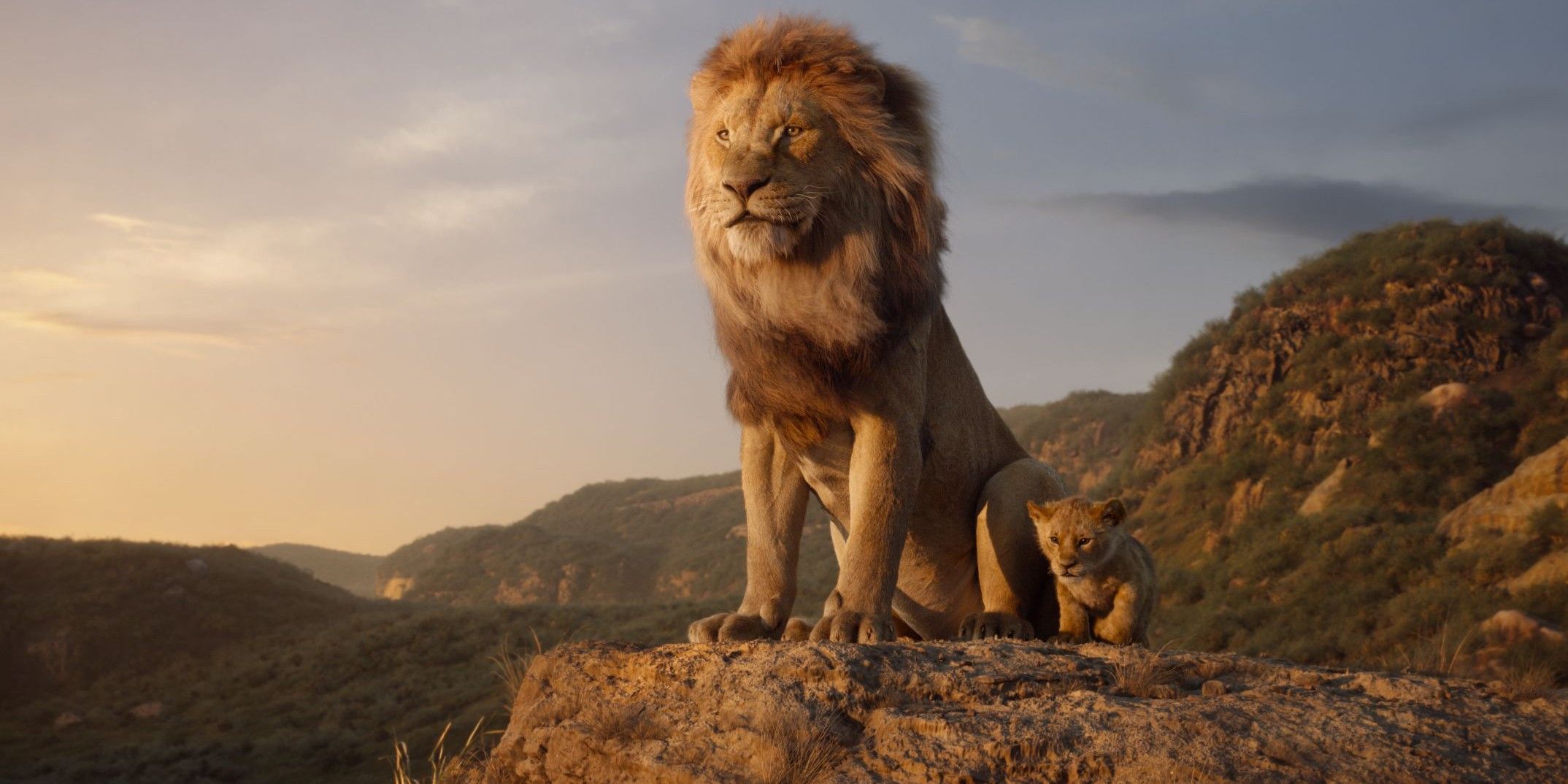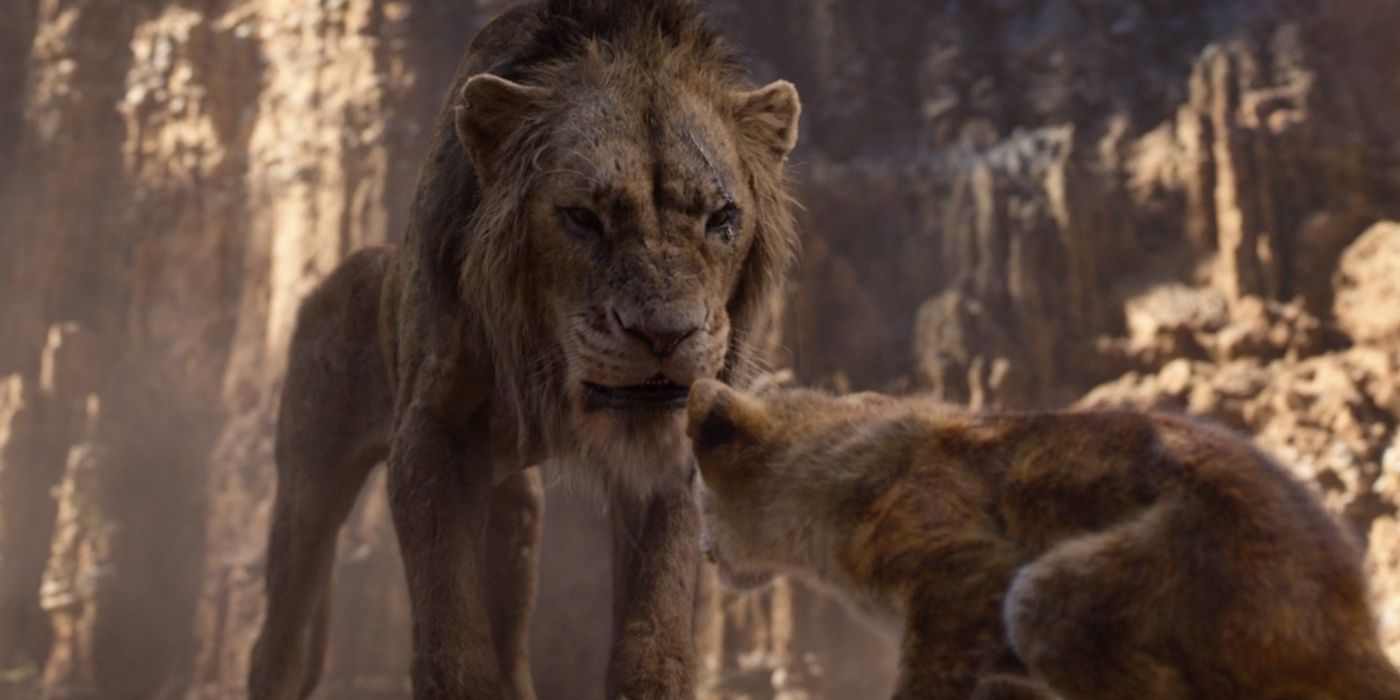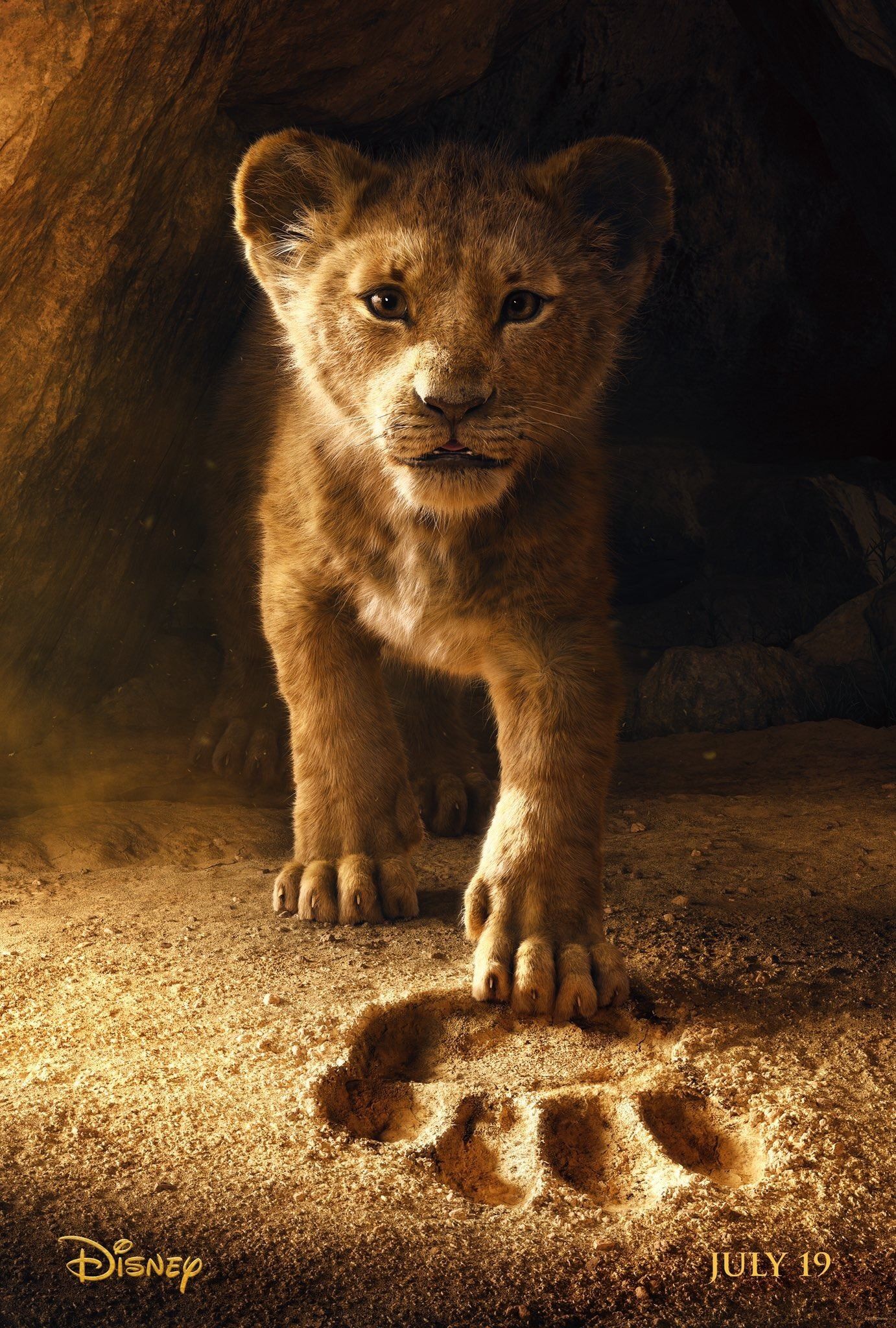When visiting the set of The Lion King, we were introduced to an entirely new form of filmmaking. But it wasn’t just the cutting-edge which helped create the movie’s incredible photorealistic cinematography, it was also the collaborative efforts of the Disney crew under Jon Favreau’s creative direction.
While presenting cinematographer Caleb Deschanel’s work, and how it made its way to the editorial department, Favreau also demonstrated how he brought every artist and technician under one roof. The meeting of the minds was unlike other film sets – indeed there hardly was what one would call a proper film set – and more like a tech start-up’s pitch meeting.
The director himself likened the process to the tech industry, admitted that The Lion King followed the same tenets: “Get a lot of smart people, share a common goal, make it a team sport, and you will innovate more. And I think it reflects the part of our workforce that’s the most engaged right now and showing really good results.”
While The Lion King didn’t have the varying weather and daylight hours considerations of outdoor filming, it did have a wide range of talent to bring together. “You have people who come up through technology, people who come up through gaming, people who come up through art school,” Favreau commented.
Indeed, witnessing cinematographer Deschanel work alongside the production designers, who would normally come in earlier, gave the set the feeling of a veritable melting pot. And the incorporation of new and innovative tools into the creative process required artists and technicians who might otherwise have never been on a film set at all. As the director said, “As long as they’re smart and working towards the same goal, you get an interesting, different, collaborative experience.”
That collaboration included the actors, as well, who performed the scenes despite the production not using motion capture. Though this had been completed before the set visit, their work informed everything that followed. It allowed the animation and visual effect artists to base their decisions on a physical performance, not just voice work.
“We find that as good as the animator is, they come from an animation tradition, they make different acting choices,” Favreau explained. “And the subtlety of performance and eye contact patterns, status relationships – all of that comes through when you have two actors performing together.”
Such a feat seems harder in a story like The Lion King, which relies on animals rather than humanoid creatures. But the Disney team focused on video footage of the cast to add “a certain subjective realistic texture to it.” Furthermore, whether it be marking the distance between Simba (Donald Glover) and Nala (Beyoncé) or editing out certain frames, decisions were made as a collaborative unit. Let us know your thoughts on this new style of filmmaking, and stay tuned to Screen Rant for more Lion King coverage.



